4 Things to look out for at Singapore’s new Round Island Route
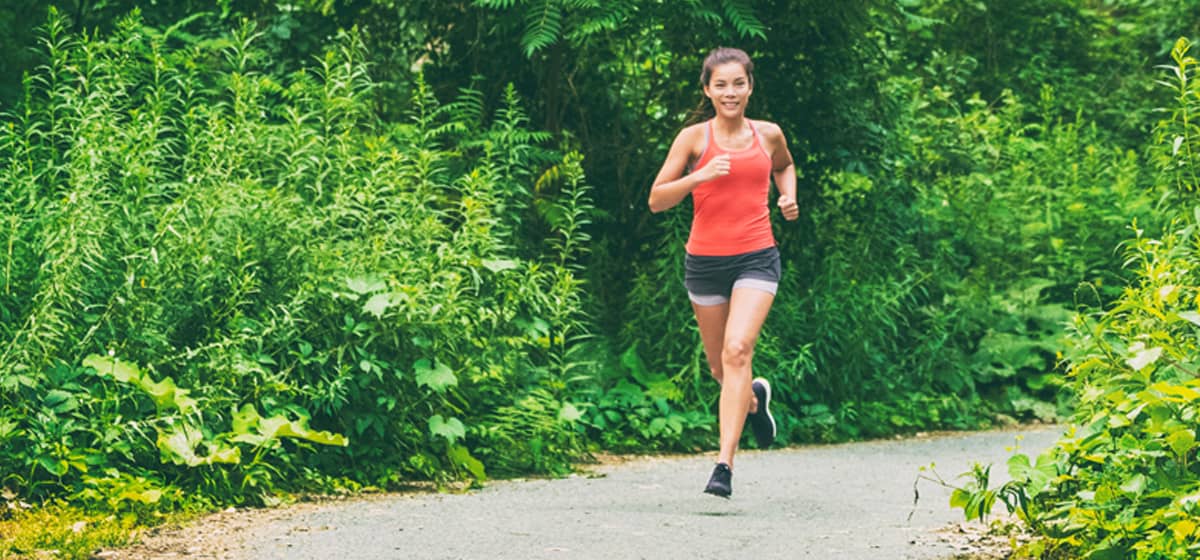
Trees are a great asset to any city and its inhabitants. Besides improving our urban environment by providing shade and reducing ambient temperatures, they also improve both our air and water quality by absorbing pollutants. What’s more, trees are also proven to be good for our mental health! According to the American Psychological Association, individuals who spend time in nature are more likely to enjoy better moods, reduced stress and improved cognition. With our sunny weather all year round, spending time outdoors can also bring you plenty of Vitamin D – an extra boost to your immunity!
Being in Singapore, we’re fortunate to have numerous green spaces that we can immerse ourselves in from popular spots such as East Coast Park to hidden areas such as Kranji Marshes and Tampines Eco Green. With Singapore’s OneMillionTrees movement as part of our City in Nature vision, we may expect even more nature spots to come!
One exciting nature spot recently unveiled is the first phase of the new Round Island Route (RIR). Stretching across 75km, the route covers the eastern half of Singapore, making it the longest recreational connection that encircles the island’s eastern side. When completed, the RIR would form a continuous 150km park connector outlining our little red dot, offering more nature-based recreation for Singaporeans to enjoy.
If you’re wondering how you can get to the RIR, well it’s easy! Given its expansive area, the RIR is conveniently connected to multiple parks including Pasir Ris Park, Changi Beach Park, Sengkang Riverside and the oh-so-famous East Coast Park just to name a few. This means that you can easily enter the RIR through multiple entry and exit points, serving as an extension to our existing nature parks. Just look out for the RIR signposts in these parks to start your journey!
Ready to grab your bikes or hiking shoes and start exploring the latest nature spot that Singapore has to offer? Here are some highlights that cannot be missed!
1. Changi Bay Park Connector
If you’re one for picturesque beach views, you have to check out Changi Bay Park Connector. Located at the eastern corridor of the RIR, the park connector offers a scenic coastal route for cyclists and hikers travelling from East Coast to Changi Beach Park.
Fun fact: With its lush greenery and seaside views, it is known as the “Jeju Island” of Singapore!
For an extra treat, head over to the two cycling bridges at Changi Bay Point that overlook the waterfront.
Psst, if you’re a morning person, do visit the bridges at dawn to catch the beautiful sunrise!
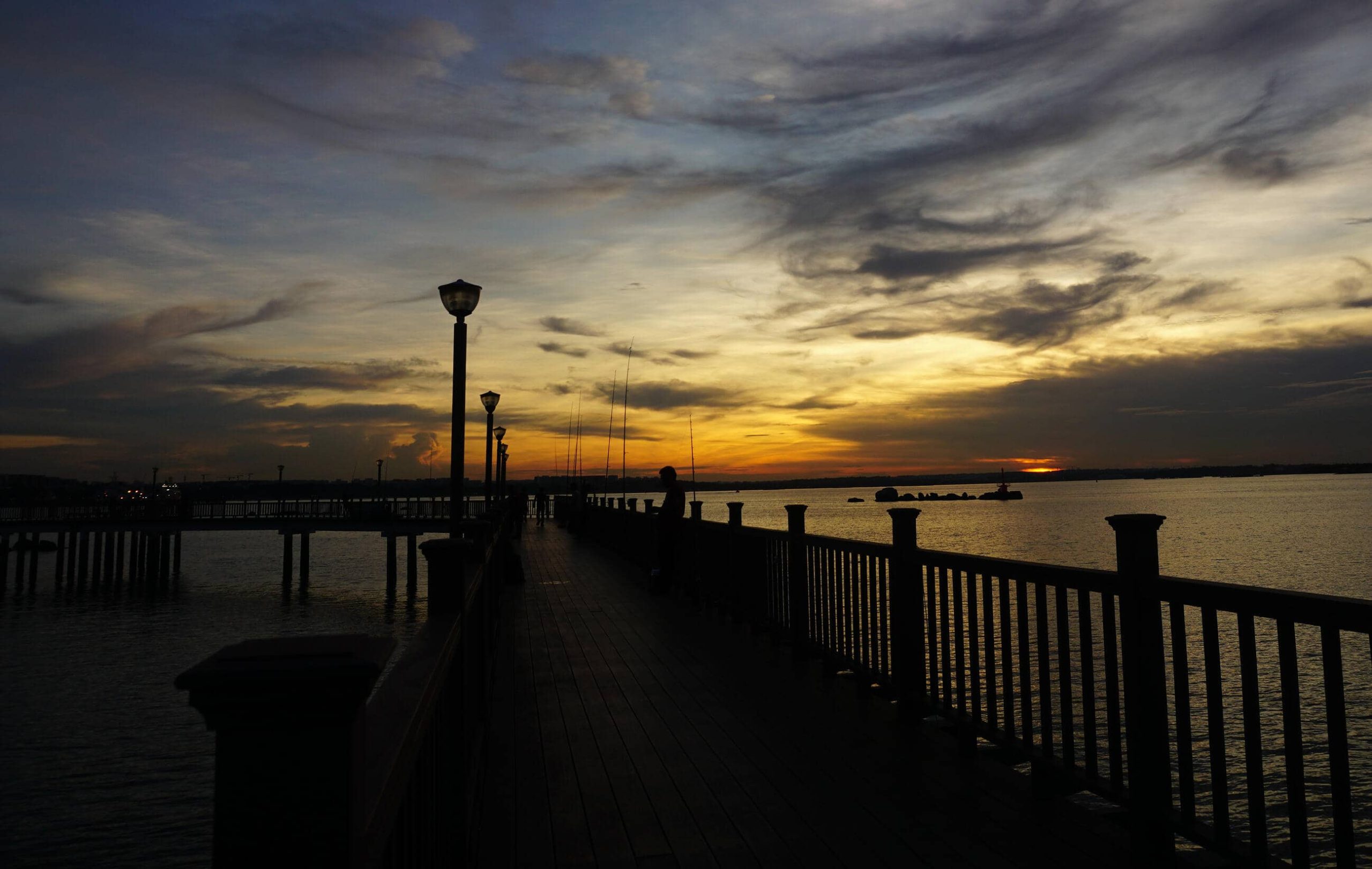
Image Credits: Nylon Coffee Roasters
Each of these bridges are constructed with glass fibre reinforced concrete finishing for its decking, which emulates natural timber to blend into the area’s rustic character. To ensure the safety of cyclists, both bridges are also layered with a slip resistant material so you can be sure of minimal slip accidents even if you’re riding after a downpour. That said however, do still take care to not speed along the bridges. With the beautiful views, we’d encourage you to slow down, take a moment for yourself and embrace the best that nature has to offer.
If you are feeling tired after exploring the various nooks and crannies of the park connector, take a break and soak in the tranquil scenery at the lookout pavilion at Changi Bay Point. In addition to being perfect rest stops for you to chill before continuing the rest of the RIR, these pavilions are also insta-worthy, so don’t forget to take some pictures while you’re taking that water break!
2. Sengkang Riverside Bridge
Further up to the north-eastern region of the RIR lies the largest bridge in Singapore that runs across a canal – the Sengkang Riverside Bridge. The bridge is designed as a shared place for everyone – from cycling to running and even for residents to get from one side of the Sungei Punggol bank to the other!
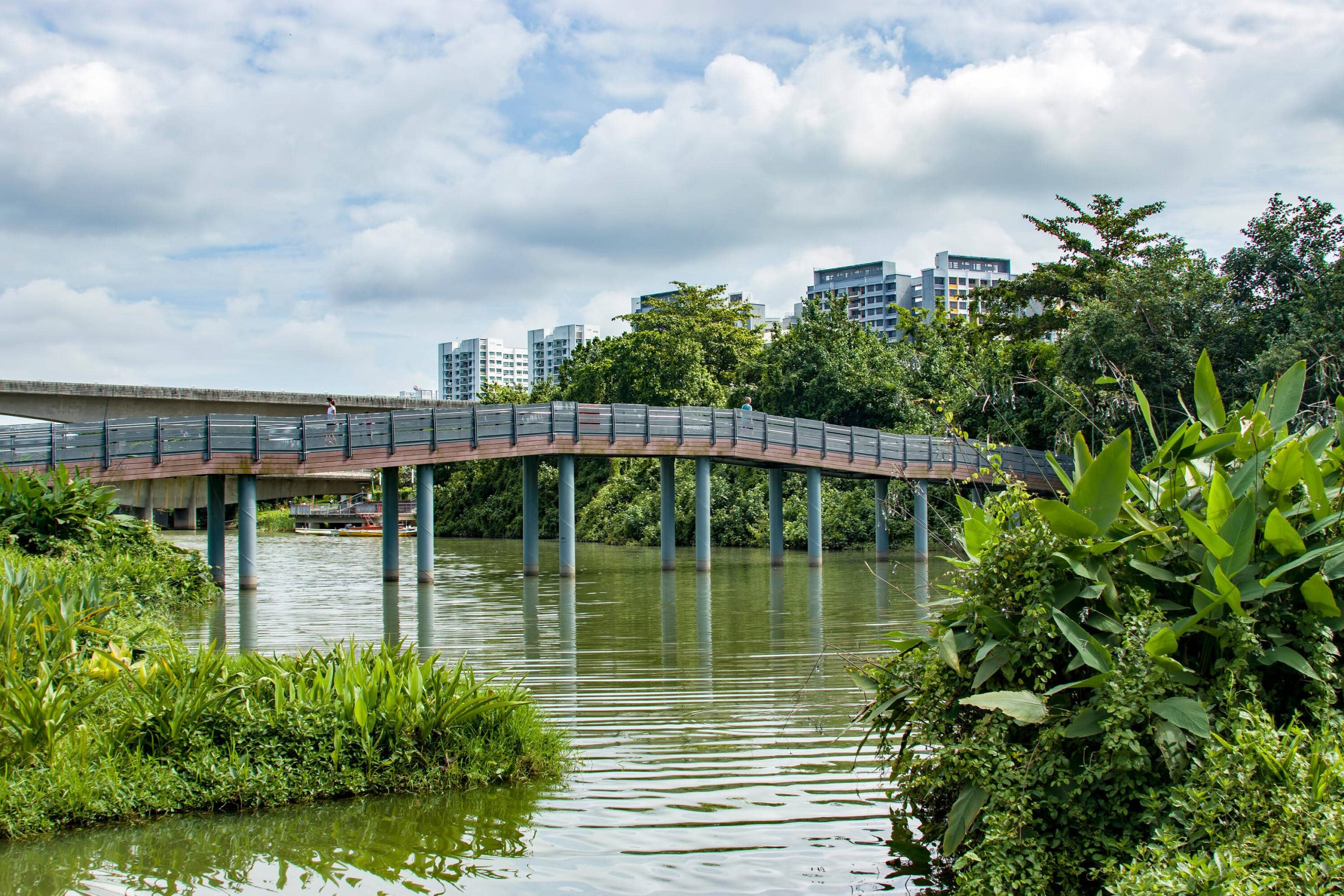
Source: The Sustainability Project
While you’re enjoying a long leisurely stroll on the bridge and taking in the sights and sounds of nature, why not also take a short detour by visiting Sengkang Riverside Park?
Home to Singapore’s largest man-made wetland, this is your chance to get up close and personal with the many native aquatic plants and wildlife. If you’re lucky, you may even be able to catch sightings of mangrove birds such as the Purple Heron or Collared Kingfisher!
3. Wildlife Spotting
And while you’re taking in the greenery around you, don’t forget to also keep an eye out for the many animals that may be out and about!
One of the most majestic among the bunch will definitely be the White-Bellied Sea Eagle – the largest resident raptor in Singapore, with some adults attaining a wingspan of over 2 metres! Easily identifiable by its white underparts with black flight feathers, these eagles feed primarily on fish and are therefore, a common resident along coastal regions.
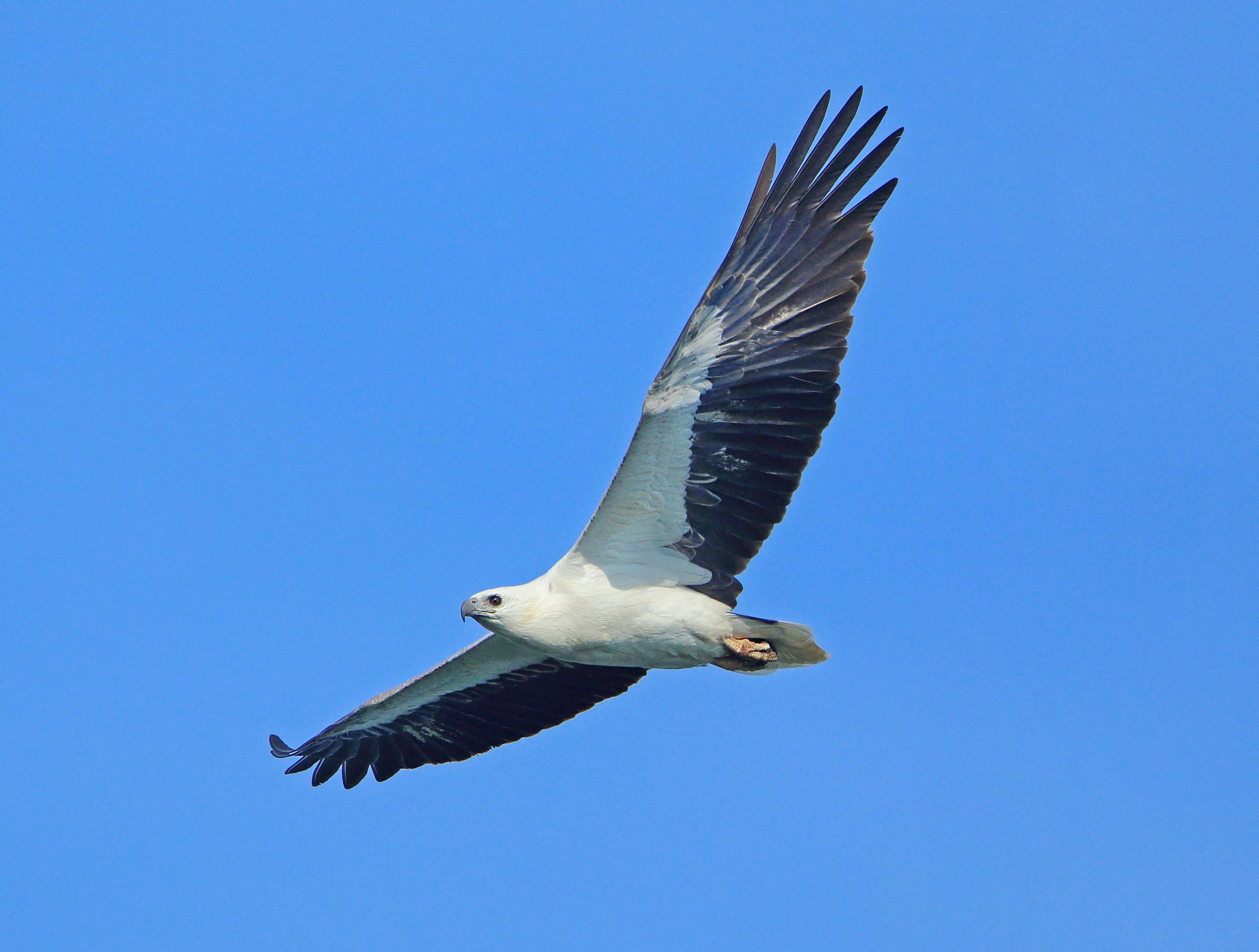
Fun fact: Female while-bellied sea eagles actually grow to be slightly bigger in size as compared to their male counterparts!
If you have not had the chance to spot our favourite family of otters around our island, well this is your chance! At the RIR, our smooth-coated otters can also be found frolicking in pairs or small families, and enjoying their day near the mudflats, mangroves, or other coastal areas such as the Sengkang Riverside Park and Changi Bay Point.
While listed as critically endangered in Singapore, the population of these native creatures have no doubt been growing over the years with an estimated of 90 otters in Singapore today. This is a far cry from merely 50 years ago when our local rivers were choked with garbage and sewage, forcing these otters to disappear from the area and in danger of being extinct.
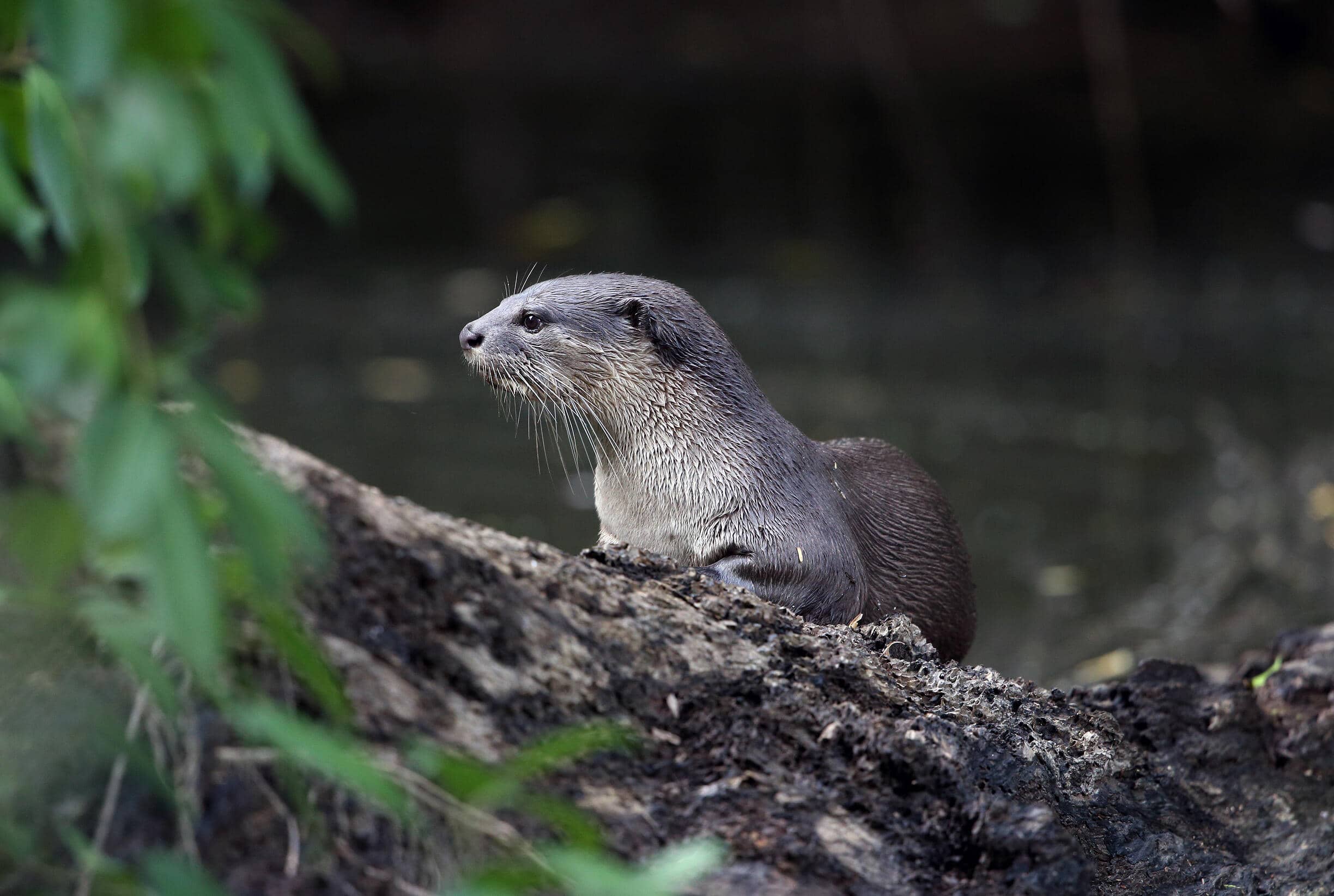
Fun fact: did you know that these otters can stay underwater for up to eight minutes in a single breath? This allows it to hunt successfully for its food, which includes fish, frogs, crabs and turtles
4. Local Native Plant Species
As part of Singapore’s City in Nature vision, approximately 5,100 trees and shrubs have also been planted along the first half of the RIR stretch. These includes native coastal and riverine tree species such as the Penaga Laut, which is classified as critically endangered in Singapore. Growing up to heights of 35 metres tall, this tree is characterised by its glossy oval-shaped leaves and white clustered flowers so do keep a look out for these fragrant flowers when they’re in full bloom!
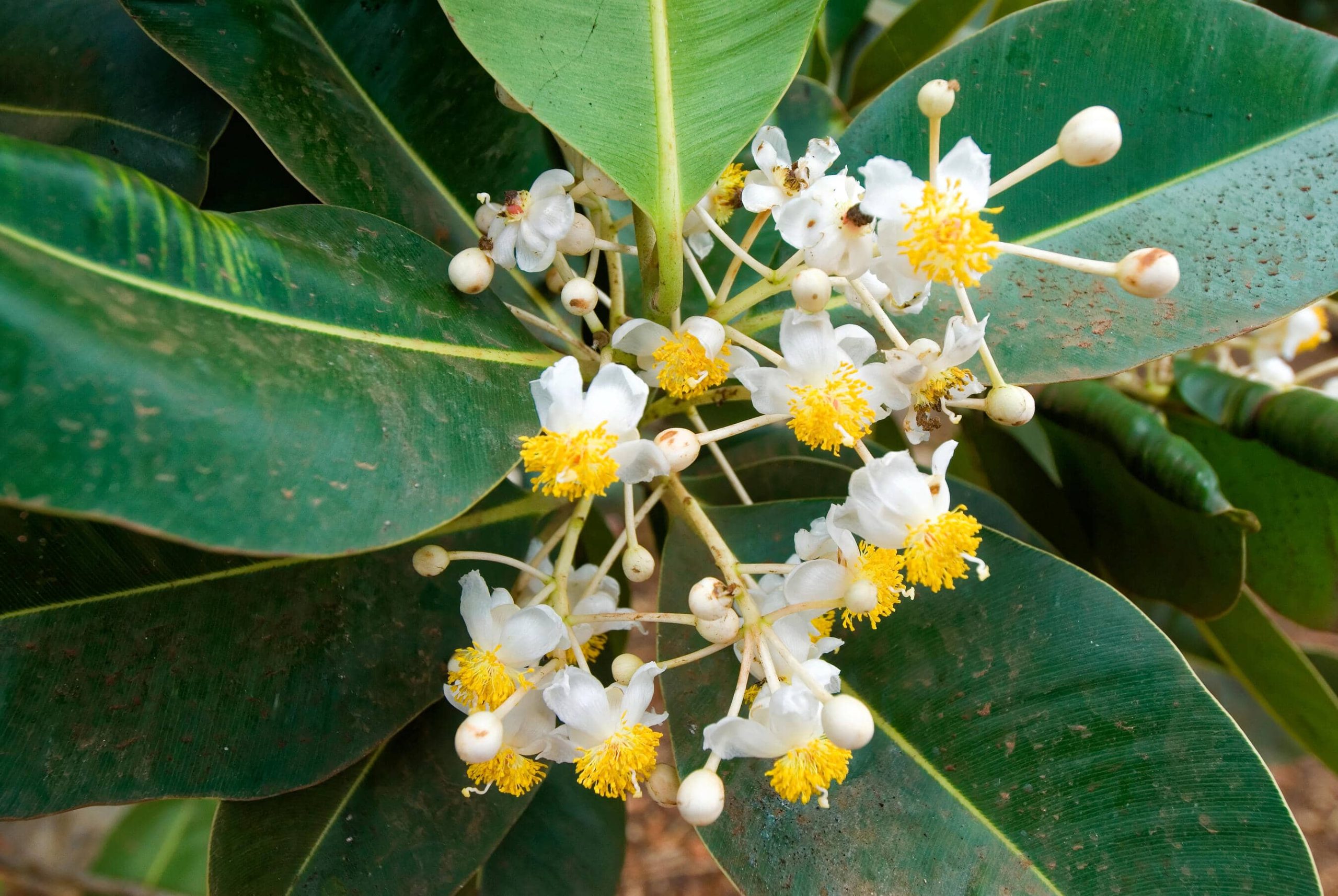
Fun fact: the Penaga Laut can live to more than 100 years old! It is also a tree of many uses – traditionally, the oil from its seeds is being used to heal a range of skin ailments while its roots and leaves also have various medicinal purposes.
Another native tree to keep an eye out for is the Small-Leaved Nutmeg – another critically endangered plant species in Singapore. Highly adaptable to various habitats, the Small-Leaved Nutmeg thrives in our sunny weather and can be found in coastal areas, lowland primary and degraded forests.
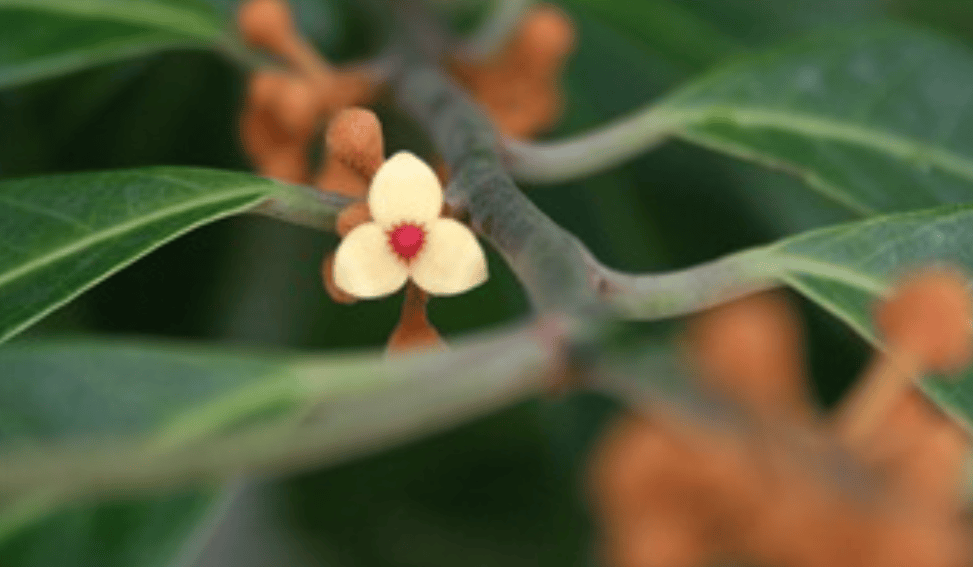
Photo Credit: NParks
Fun fact: the Small-Leaved Nutmeg is dioecious, which means that each tree can only produce either male or female flowers only.
If you’re wondering if you can identify the “gender” of the trees’ flowers – yes, you can! Simply look out for its flowering shoots (inflorescence). For male inflorescence, it generally has five to 20 flowers while female inflorescence has only up to 10 flowers.
Beyond providing a whole range of environmental, social and economical benefits, trees also form an important foundation to build a liveable and sustainable city while also playing a key role in combatting climate change. It is imperative to conserve them not just for our generation, but also future generations to come.
To contribute to the myriad of tree species in Singapore, Geneco hopes to plant an addition 150 trees as we mark our 4th Anniversary and milestone of powering over 150,000 homes this year!
We hope you can be a part of this movement to #PowerTheChange and join us in transforming Singapore into City In Nature by making a donation through the Geneco X NParks’s Garden City Fund at Giving.sg. We will be matching dollar-for-dollar with 100% of the proceeds going towards this initiative.
Do grab your friends and family and spread the good word as well!
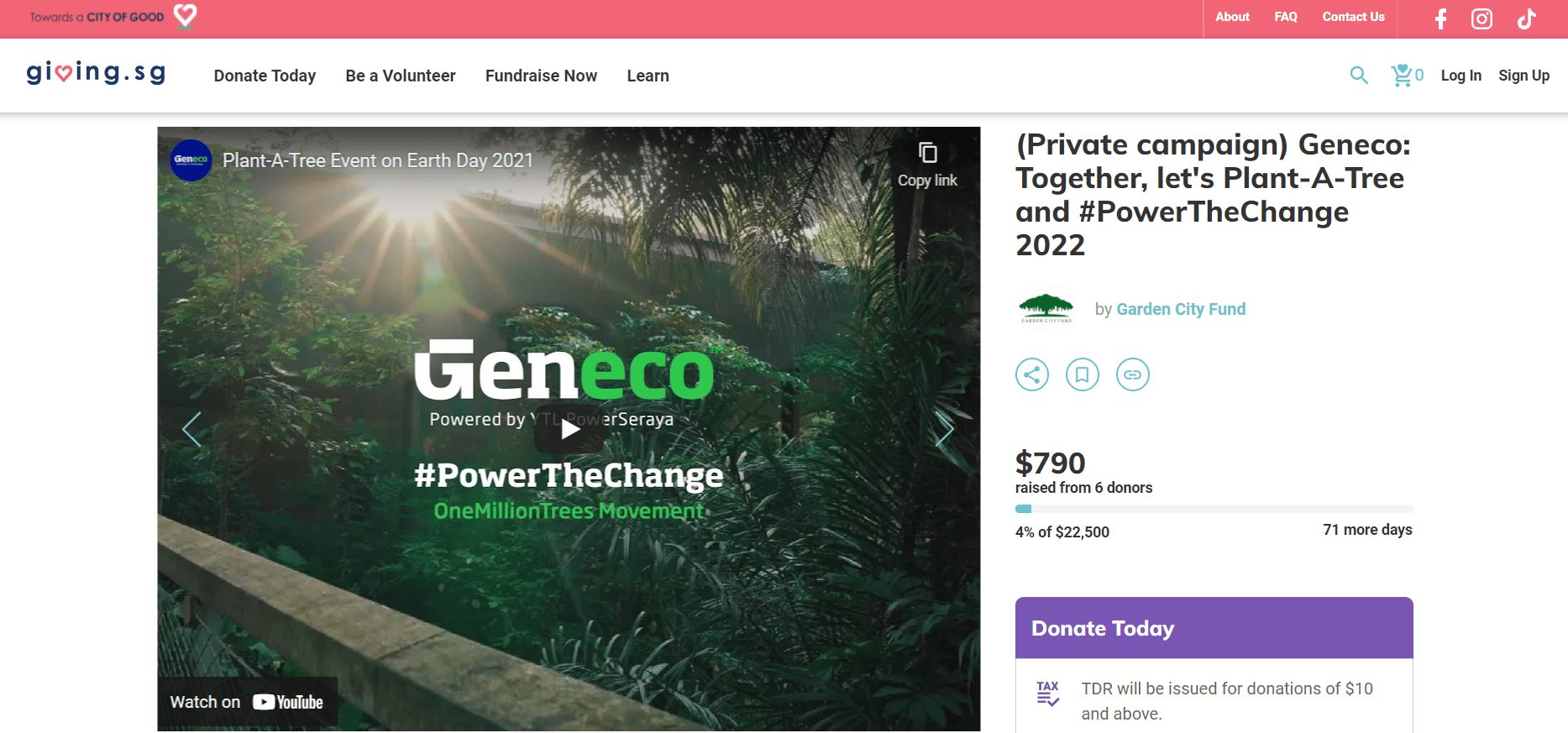
We hope that these features have piqued your interest in discovering our new Round Island Route! As we enjoy the latest nature spot that Singapore has to offer, let’s all do our part in protecting our natural environment as well, so do remember the rule of leaving nothing but footsteps!
Together, let’s continue to #PowerTheChange and create a greener world for all who live in it.
Reduce your carbon footprint with these 4 simple green tips

In the blink of an eye, we’re a quarter of our way through the year. As we celebrate the month of sustainability with Global Recycling Day, International Forest Day and Earth Hour coming up this March, let us take this opportunity to learn the importance of reducing our carbon footprint, and how it contributes to our fight against global warming.
In a recent report by the Intergovernmental Panel on Climate Change (IPCC), the panel is calling for more urgent action to mitigate climate change through the reduction of carbon emissions. The message is clear – if carbon emissions are not sufficiently reduced, it would spell catastrophic consequences for the world.
While climate change is a global issue that cannot be undertaken by one party alone, for us as consumers, we can contribute through the everyday lifestyle choices that we make. It is through a collective of such conscious green efforts today that we eventually build a greener future tomorrow.
Here are four simple ways which you can get on onboard with easily to reduce your carbon footprint:
1. Reduce, Reuse, Recycle.
We’re sure that everyone would’ve heard of the 3Rs – Reduce, Reuse and Recycle – growing up. But, have we ever thought about how it actually helps our planet? According to a CNA commentary, an average individual in Singapore produced a staggering 334kg of waste in 2019, most of which was sent to our local landfill for incineration. Consequently, an estimated total of 1.58 million tonnes of carbon emissions is released annually from our landfills alone.
By choosing to practice the 3Rs, this will help reduce the amount of trash we produce and the great news is it can be incorporated into every area of our lives easily! Here are some examples of how you may do so and the amount of carbon emissions you’d be saving with each:
- Reduce unnecessary grocery purchases
Have an expired box of chocolates trapped at the back of your fully-stuffed fridge? How about that bunch of bananas which you’ve completely forgotten about and is now giving off a bad smell? If these examples sound familiar – it may be a sign that you are purchasing more groceries that is needed for your household.

- While one may think that it may just be a piece of chicken here and a litre of expired milk there, did you know that an average 6.9kg and 2kg of carbon emissions is released with every kilogram of chicken and milk respectively?Not only are we wasting the resources that were used to grow and deliver the food to our tables when we throw them away, we’re also increasing the resources needed to dispose of it; both of which adds up to our carbon footprint!To prevent this unnecessary waste, make a list of all the items you need before heading to the supermarket and stick to it to avoid purchasing any items that may not be required.
- Reuse by choosing preloved
The United Nations Environment Programme estimates that producing a pair of jeans releases 33.4kg of carbon emissions. If that is the environmental cost for just a single pair of jeans, imagine the amount of emissions that was produced with our entire wardrobe! With such high figures, it is unsurprising that the fashion industry is one of the most polluting in the world, more than the airline and shipping industries combined.

- To tackle this and drive a change, we’d encourage you to consider shopping preloved clothes instead. With the many thrift stores that are popping up across Singapore, there are endless choices offered for every fashion style possible such as Swapaholic, PreLouLou, or our ChangeMaker Refash, who have processed over 4,530,000 pieces of clothes and helped displace more than 31.6 million kg of CO2 equivalent since 2015 with their sustainability efforts!
- Recycle your recyclables
In an article by Stanford Magazine, it is estimated that recycling plastics alone could save up to 170 million tons of carbon emissions each year as it saves at least 30% of carbon emissions as compared to making brand-new plastics. This is equivalent to removing all vehicles from our local roads for 26 years – a major reduction from a simple lifestyle change!
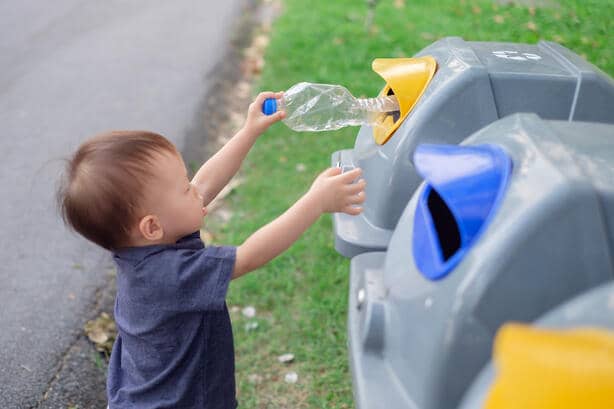
2. Choose alternative modes of transport
Did you know that there are nearly a million vehicles on the roads of Singapore today with the majority of our cars running on petrol or diesel? Collectively, these vehicles release an approximate 6.4 million tonnes of carbon dioxide emissions each year!
While the government has put in place several schemes and initiatives for cleaner energy vehicles by 2030 under the SG Green Plan to reduce carbon emissions on the roads, we can all do our part today as an individual by considering alternative modes of transport.
For instance, if you’re heading to somewhere relatively near, choose to walk or cycle instead. According to Bloomberg, switching from car to cycling just once a day can help reduce our carbon footprint by up to 67%!
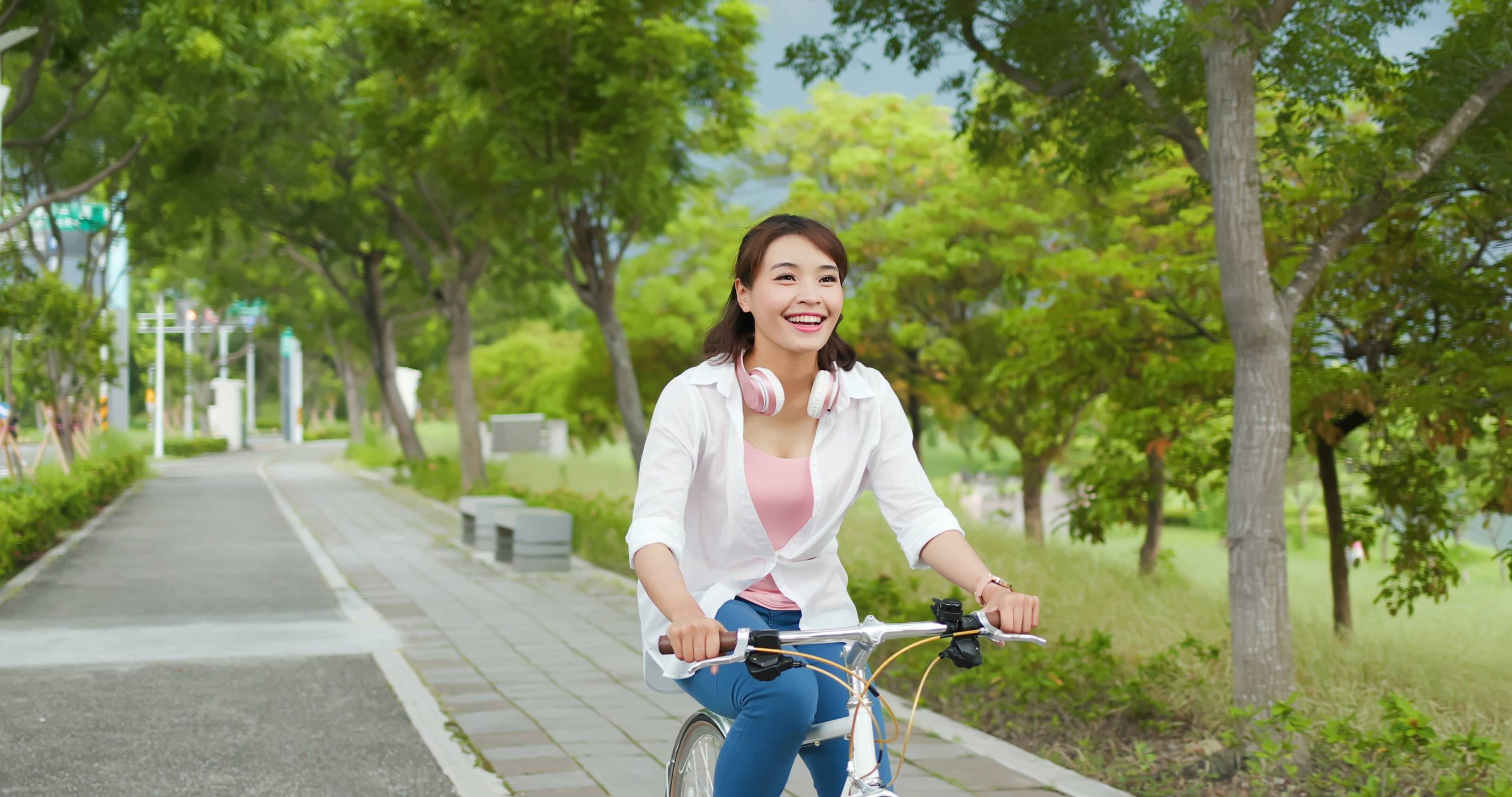
If you’re one who enjoys driving, why not rent with BlueSG, Singapore’s first electric carsharing service! With over 1,000 electric cars across 380 locations, it’s oh-so-convenient for anyone who is looking to have an eco-friendlier day. If you’re a Geneco customer, do also check out the Geneco PowerUp Rewards where you can enjoy a free membership with BlueSG for the first two months!
Taking the public transport is also a great way to reduce our carbon footprint given that an average car uses 9 and 12 times more energy as compared to a bus and train respectively.
3. Plant more trees
Did you know? A mature tree can absorb an estimate of 48,000kg of carbon dioxide per year, helping to reduce the amount of planet-warming emissions from our atmosphere. New research has also shown that with the current worldwide planting programmes, they could potentially remove almost a third of all emissions produced from human activities.
In addition, trees also add to the lush greenery of our Garden City, creating a more sustainable living environment for everyone. As part of our commitment to SG Green Plan 2030, Geneco has joined NParks’ OneMillionTrees movement to build our City in Nature and pledged to plant 250 trees over five years by having our first 50 trees planted at Windsor Nature Park back in April last year on Earth Day.
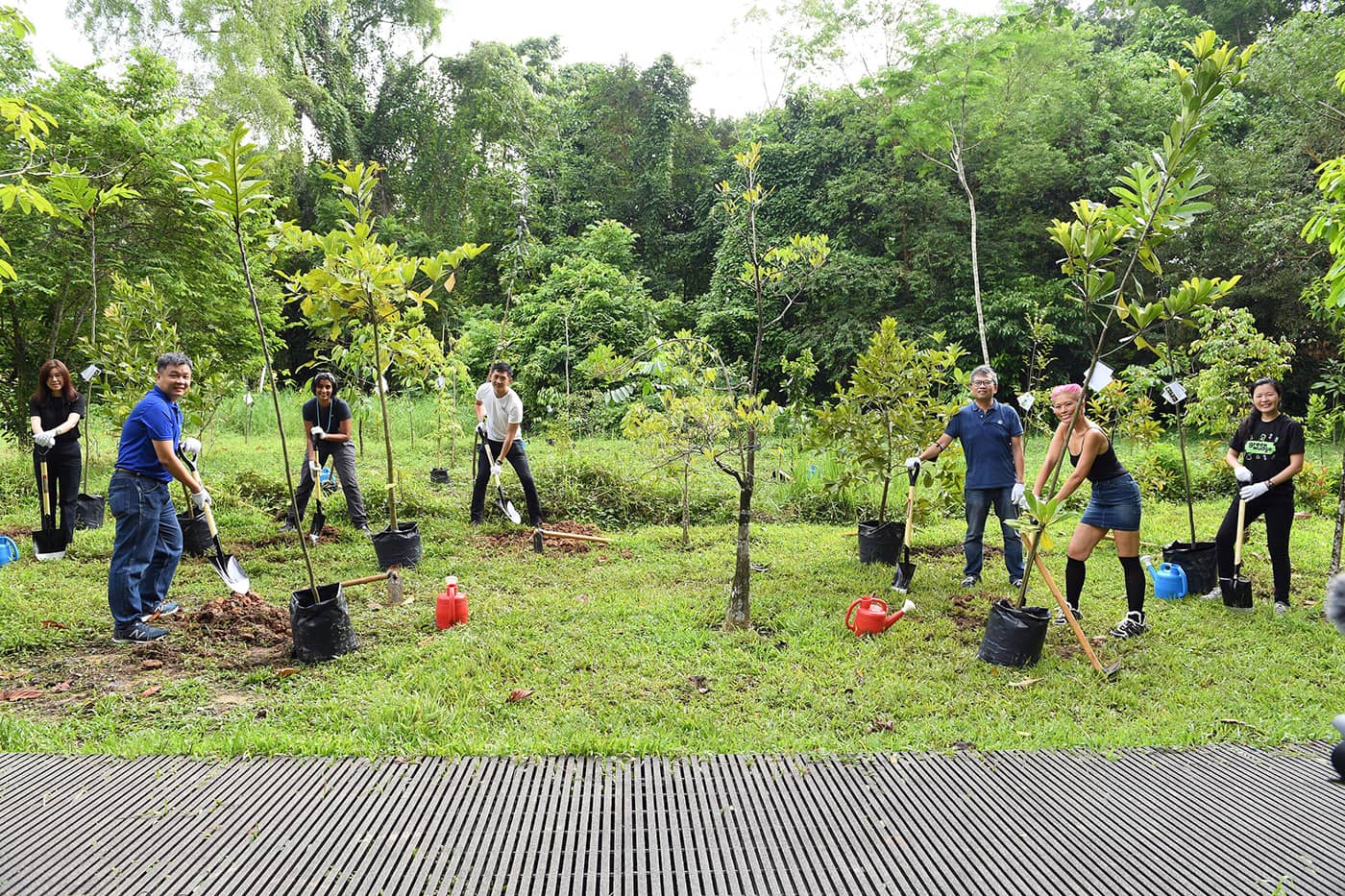
This year, in celebration of our 4th Anniversary and the milestone of having over 150,000 homes choosing us as their preferred electricity retailer, we want to plant an additional 150 trees to continue powering the change for a greener nation!
If you would like to join us in greening our city and reduce your carbon footprint, head over to our Giving.sg Fundraising Drive where you can donate to help us reach our 150 trees goal. We will be matching dollar-for-dollar and 100% of the donations raised will go towards this movement.
4. Engaging in activities without electronic devices
Amid the Covid-19 pandemic, most of us may have gravitated to the comforts of online entertainment such as Netflix, gaming or even just scrolling through our social media platforms. However, did you know that these online activities contribute to carbon emissions as well?
According to the Carbon Trust, every hour of streaming a video releases carbon emissions that’s almost equivalent to driving 300 metres in a car. With billions of hours of video watched by individuals around the world, this no doubt adds up. As reported by The Guardian, YouTube produces more than 11 million tonnes of carbon emissions a year – equivalent to the amount produced by a city the size of Glasgow or Frankfurt, which would be about a third the size of Singapore. For Netflix, the popular streaming platform clocks an average of six billion hours of streaming globally each month – that works out to 330,000 tonnes of carbon emissions, similar to the amount produced if we were to fly from Singapore to San Francisco more than 60,000 times!
Hence, to reduce your electronic footprint, how about setting your electronic devices aside and indulge in a good book, head out for a picnic, or go outdoors for a run instead? These activities are all eco-friendlier and goes a long way in helping us reduce our carbon footprint!

If you’re wondering whether you can still continue enjoying your online entertainment while being sustainable at the same time – the answer is yes! By signing up with Geneco’s Power Eco Add-on, Singapore’s first-and-only customisable green add-on for an electricity plan, you can choose to offset the carbon emissions produced by the amount of electricity you consume.
Simply select between Carbon Credits (CC) and Renewable Energy Certificates (REC) and choose the level of green contribution – 25%/50%/75%/100% – which you are comfortable with! At an affordable rate of just $1 more per month, you can offset up to 3,920kg of carbon dioxide emissions. That’s equivalent to 192 rain trees absorbing CO2 in a year!
By making simple changes in our daily lives through the various activities above, we can all make a big difference in reducing our carbon footprint. Remember, each action counts and there is none that is too small.
Together, let’s continue to #PowerTheChange and create a greener world for all who live in it.
Image Credits: Nylon Coffee Roasters
Source: The Sustainability Project
